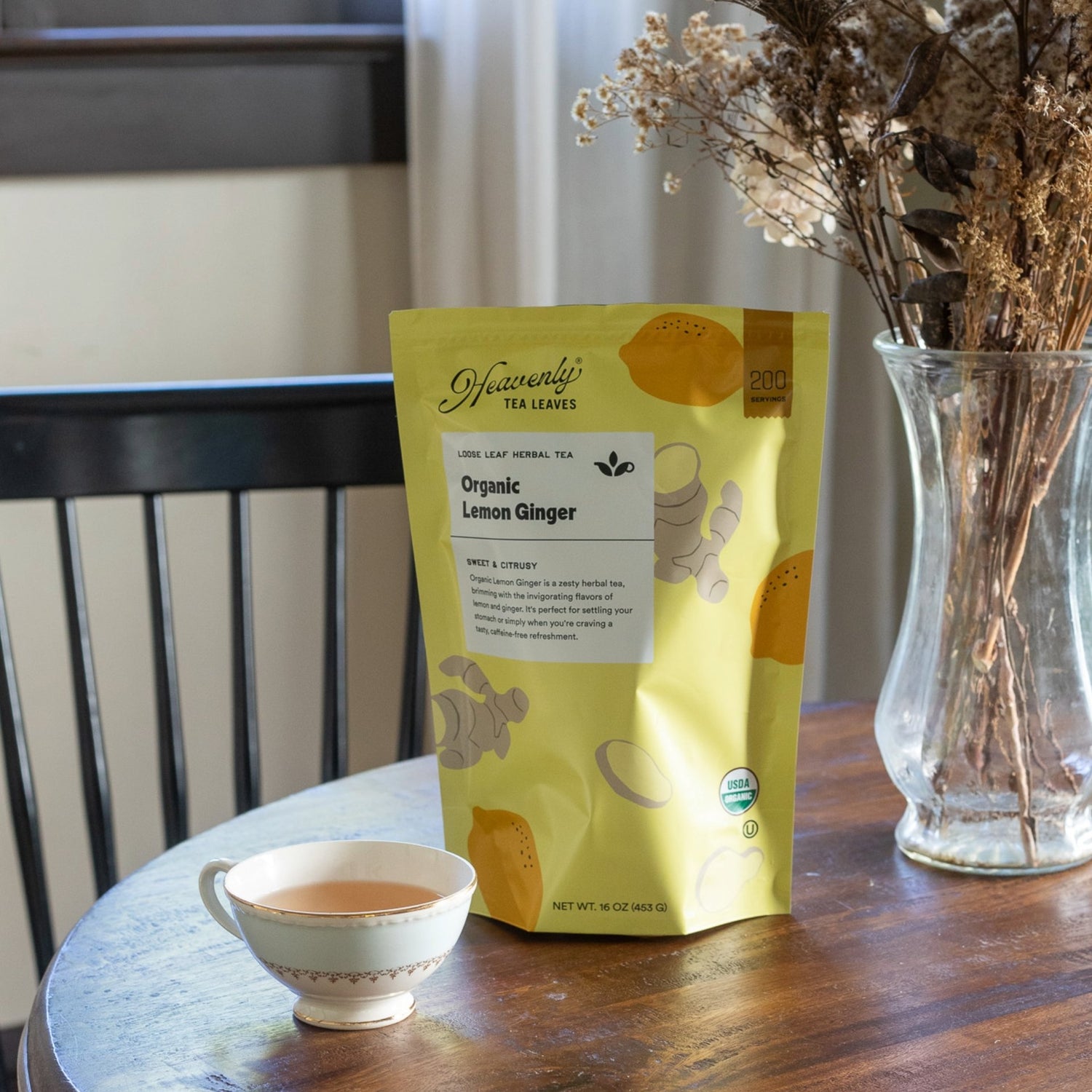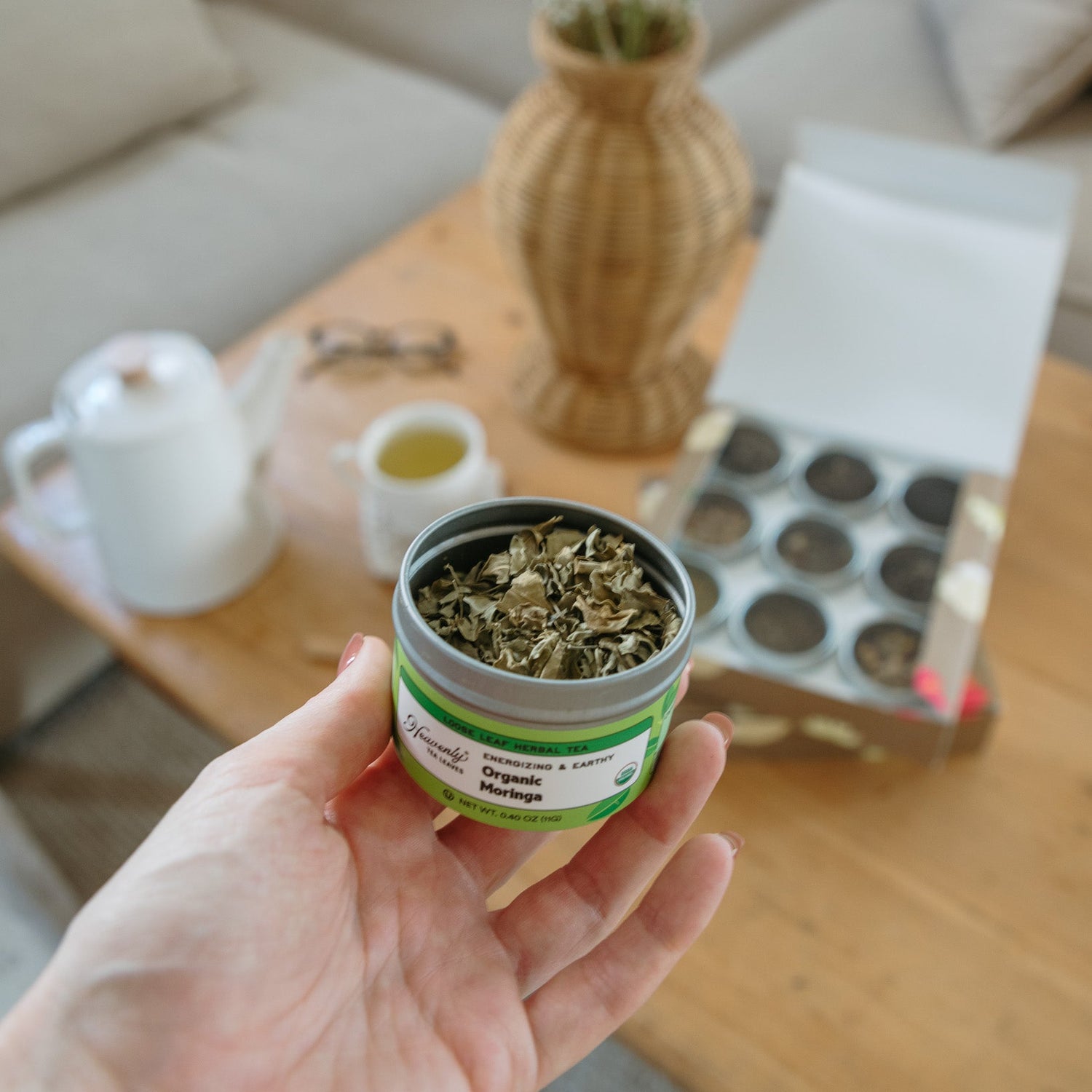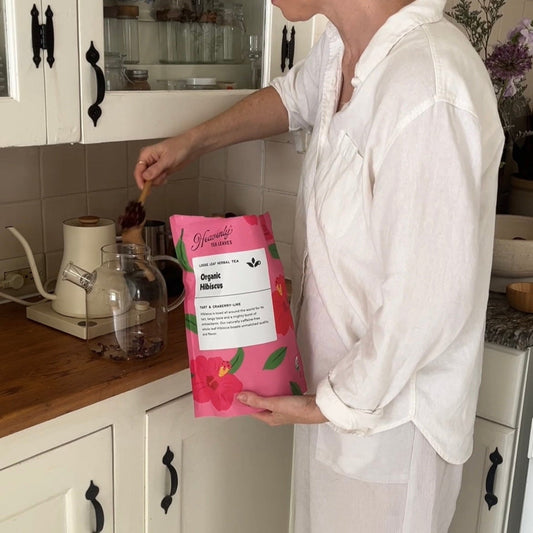In 2015, NPR reported that tea sommeliers – that is, tea tasting experts – were the "hot new thing" in food pairing. Today, that trend shows no signs of slowing down. Sure, a nice glass of wine with dinner has traditionally been the gourmand's go-to. But what if we could reap the same joy from a pot of darjeeling tea with foie gras as we do from a glass of merlot with a filet mignon?
"The whole idea of pairing tea with food is that you should have a tea that's going to enhance the flavor of the food, or vice versa. What you want to happen in your mouth is to feel the different layers of taste and flavors... It's like a dine sommelier, giving you advice, depending on what kind of tea you want to drink, what time of the day it is, and what you're eating," says Aurelie Bessiere, a tea sommelier. - NPR
In the same vein, Forbes recently wrote of the merits of tea-and-cheese pairings, leaving wine by the wayside. "Similar to wine, tea's qualities can vary dramatically depending on where it's grown—the weather, the soil—as well as how it's processed," mentions writer Megy Karydes. Herbaceous green teas, for example, go well with super creamy cheeses like goat or triple-crème, while pu'erhs work best with bolder varieties like aged gouda. If you'd like to make a night out of it, you can even sign up for private tea-and-cheese tastings.
In order to pair properly, we must start with being able to distinguish common teas from one another. The International Tea Masters Association has come up with a nifty Tea Aroma Wheel to help us figure out whether the herbaceous taste in your cup is lavender, fennel, or sage. The wheel can also help you decipher the flavors that are opposite the one you're consuming, and therefore complementary. From there, sommeliers and casual tea enthusiasts alike can create optimal food pairings.
Tea sites like Teforia and Arbor Teas have great suggestions, and we threw some of our own into the mix, too. Here are a few basic pairings that will unveil the subtle and complex flavors of both the tea and the food you are enjoying:
White tea, such as Pai Mu Tan White – If a tea could be minimalist, this would be it. Pair this light beverage with neutral white cheeses like fresh mozzarella and oaxaca, as well as leafy salads and peaches.
Green tea has a distinct vegetal flavor. Try a pure variety like Hojicha green. Because it's kind of grassy, this tea goes best with flavors that aren't too strong, and sometimes slightly sweet, like mildly seasoned seafood, Basmati rice, chicken, or melon.
Oolong often has depth and complexity of flavor. Floral oolong is no exception, and finishes with a light, honey-like aroma. Duck and other poultry, grilled meats, and savory foods like lobster are strong enough to go head-to-head with most oolong teas – especially highly oxidized ones.
Black tea, like the strongly caffeinated Irish Breakfast, is a classic morning tea originating in India. It goes hand in hand with light breakfast foods, custard, cream, and lemon-flavored confections.
Pu'erh teas, like this one, have been shown to lend digestive benefits. Try it to aid your body's natural processes after eating savory meats, stir-fries, mushrooms, and beets.
Mint, too, is a digestive aid. A peppermint herbal tea is best consumed alongside legumes and nut-based sweets like almond cookies. Plus, it's caffeine-free and won't keep you up at night.
If you're going with your gut instinct, just try to think of the basic flavors your tea evokes and pick a food that is equally strong or mild, but with a very different taste. And so, while tea is no replacement for wine, it certainly can serve as a delicious and sophisticated add-on at your next fabulous dinner party. Bon appétit!
Fun fact: Your tea simply isn't supposed to taste bitter. If it does, how did you go wrong? You've either brewed the tea for too long, used water that is too hot, or not used the proper ratio of tea to water. Remember that all of these rules are different based on the type of tea you are drinking. Consult the experts at Heavenly Tea Leaves for proper, custom brewing instructions!







1 comment
Explore Heavenly Tea Leaves’ insightful blog to discover tasty tea pairings and enhance your sipping experience. Perfect for tea enthusiasts!